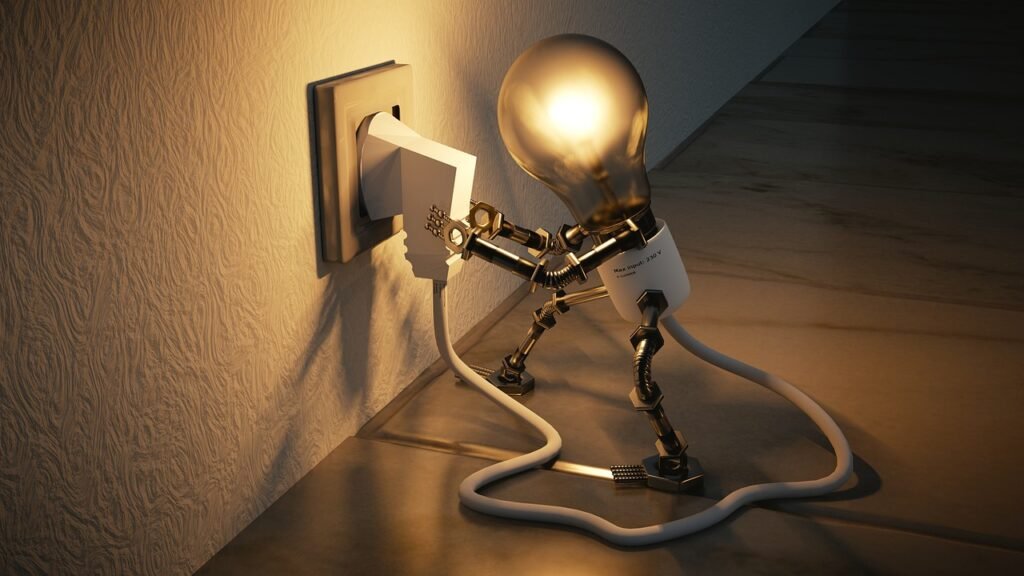
Reducing energy consumption at home is not only beneficial for the environment but also for your wallet.
By making a few changes and adopting energy-efficient practices, you can significantly cut down on your energy bills and reduce your carbon footprint.
In this comprehensive guide, we will explore various strategies, tips, and technologies that can help you achieve a more energy-efficient home.
Chapter 1:
Understanding Your Energy Usage
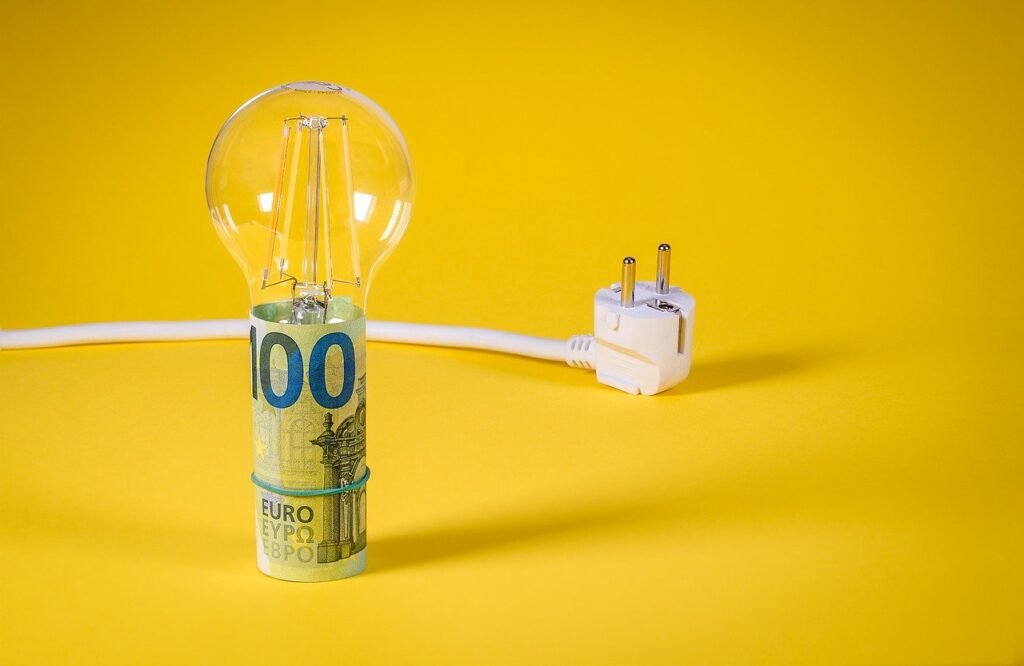
1.1 Conduct an Energy Audit
The first step in reducing energy consumption is understanding where and how you use energy in your home.
An energy audit can help you identify areas where you can make improvements.
Steps to Conduct an Energy Audit:
- DIY Audit: Use online tools and checklists to conduct a basic energy audit yourself. Look for drafts, inspect insulation, and check the efficiency of your appliances.
- Professional Audit: Hire a professional energy auditor who can use specialized tools and provide a detailed report on your home’s energy usage.
Benefits of an Energy Audit:
- Identifies energy-wasting areas.
- Provides specific recommendations for improvements.
- Helps prioritize energy-saving measures.
1.2 Analyze Your Energy Bills
Your energy bills can provide valuable insights into your energy consumption patterns.
By analyzing your bills, you can identify trends and areas where you can reduce usage.
Tips for Analyzing Energy Bills:
- Compare Bills: Compare your current bills with previous months and years to identify any unusual spikes in usage.
- Check Rates: Understand your energy rates and look for off-peak rates that can save you money.
- Monitor Usage: Use a home energy monitor to track real-time energy usage and identify high-consumption appliances.
Chapter 2:
Improving Home Insulation
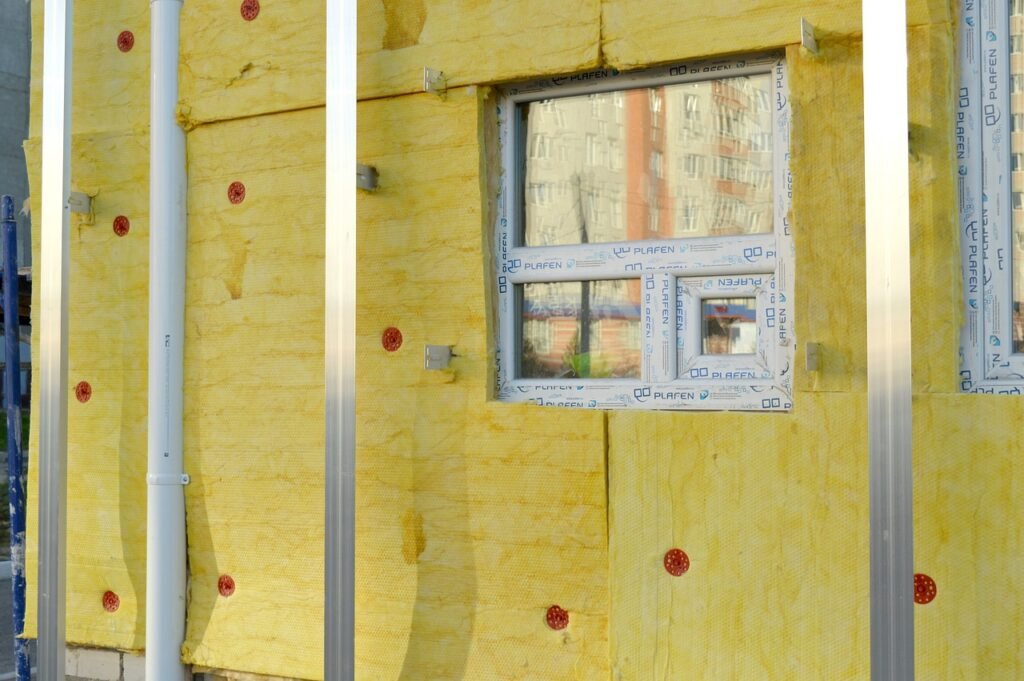
2.1 Seal Leaks and Drafts
Air leaks and drafts can significantly increase your energy consumption by making your heating and cooling systems work harder.
Sealing these leaks can improve your home’s energy efficiency.
Steps to Seal Leaks:
- Identify Leaks: Check for drafts around windows, doors, and other openings. Use a candle or incense stick to detect air movement.
- Weatherstripping: Apply weatherstripping to doors and windows to seal gaps.
- Caulking: Use caulk to seal cracks and gaps around windows, doors, and other areas.
2.2 Insulate Your Home
Proper insulation is crucial for maintaining a consistent indoor temperature and reducing energy usage.
Insulating your home can help keep it warm in the winter and cool in the summer.
Types of Insulation:
- Attic Insulation: Insulating your attic can prevent heat loss and reduce heating costs.
- Wall Insulation: Adding insulation to your walls can improve energy efficiency and comfort.
- Floor Insulation: Insulating floors, especially over unheated spaces, can reduce heat loss.
Tips for Insulating Your Home:
- Check Existing Insulation: Inspect your home’s current insulation and add more if needed.
- Use Insulation Blankets: Insulation blankets can be used in attics and basements to improve energy efficiency.
- Hire a Professional: For major insulation projects, consider hiring a professional to ensure proper installation.
Chapter 3:
Upgrading to Energy-Efficient Appliances

3.1 Choose Energy Star Certified Appliances
Energy Star certified appliances are designed to use less energy without sacrificing performance.
Replacing old, inefficient appliances with Energy Star models can significantly reduce your energy consumption.
Benefits of Energy Star Appliances:
- Energy Savings: Energy Star appliances use 10-50% less energy than standard models.
- Lower Utility Bills: Reduced energy usage translates to lower utility bills.
- Environmental Impact: Using energy-efficient appliances helps reduce greenhouse gas emissions.
3.2 Upgrade Your HVAC System
Heating, ventilation, and air conditioning (HVAC) systems account for a large portion of household energy use. Upgrading to an energy-efficient HVAC system can provide substantial energy savings.
Tips for Upgrading HVAC Systems:
- High-Efficiency Units: Look for HVAC units with high Seasonal Energy Efficiency Ratio (SEER) ratings.
- Smart Thermostats: Install a smart thermostat to optimize heating and cooling schedules.
- Regular Maintenance: Maintain your HVAC system with regular inspections and cleanings to ensure optimal performance.
3.3 Efficient Lighting Solutions
Lighting is another area where you can achieve significant energy savings. By switching to energy-efficient lighting solutions, you can reduce your electricity usage and lower your energy bills.
Energy-Efficient Lighting Options:
- LED Bulbs: LED bulbs use up to 75% less energy and last up to 25 times longer than incandescent bulbs.
- Compact Fluorescent Lamps (CFLs): CFLs are more energy-efficient than traditional bulbs and have a longer lifespan.
- Smart Lighting: Use smart lighting systems that allow you to control lights remotely and set schedules.
Tips for Efficient Lighting:
- Use Natural Light: Maximize the use of natural light during the day to reduce the need for artificial lighting.
- Install Dimmers: Dimmers allow you to adjust the brightness of your lights, saving energy and extending bulb life.
- Turn Off Lights: Make it a habit to turn off lights when you leave a room.
Chapter 4:
Implementing Smart Home Technologies

4.1 Smart Thermostats
Smart thermostats can learn your schedule and preferences, adjusting the temperature automatically to save energy.
Benefits of Smart Thermostats:
- Energy Savings: Smart thermostats can reduce heating and cooling costs by up to 10-15%.
- Convenience: Control your thermostat remotely via a smartphone app.
- Insights: Smart thermostats provide detailed energy usage reports.
Popular Smart Thermostats:
- Nest Learning Thermostat: Learns your schedule and adjusts temperatures accordingly.
- Ecobee SmartThermostat: Includes room sensors to maintain optimal comfort throughout the home.
- Honeywell Home T9: Offers smart room sensors and can be controlled via a mobile app.
4.2 Smart Plugs and Power Strips
Smart plugs and power strips allow you to control and monitor the energy usage of your appliances and electronics.
Benefits of Smart Plugs and Power Strips:
- Remote Control: Turn devices on and off remotely using a smartphone app.
- Energy Monitoring: Track the energy consumption of individual devices.
- Automation: Set schedules to automatically turn devices on and off.
Popular Smart Plugs and Power Strips:
- TP-Link Kasa Smart Plug: Offers remote control and scheduling features.
- Wemo Insight Smart Plug: Provides energy monitoring and automation capabilities.
- Belkin Smart Power Strip: Allows you to control multiple devices with one power strip.
4.3 Home Energy Monitors
Home energy monitors provide real-time data on your energy consumption, helping you identify high-usage appliances and reduce overall energy use.
Benefits of Home Energy Monitors:
- Detailed Insights: Get detailed information on your energy usage and costs.
- Alerts: Receive alerts for unusual energy consumption patterns.
- Energy-Saving Tips: Access tips and recommendations to reduce energy usage.
Popular Home Energy Monitors:
- Sense Energy Monitor: Provides real-time energy usage data and appliance detection.
- Emporia Vue Energy Monitor: Offers detailed energy monitoring and customizable alerts.
- Eyedro Home Energy Monitor: Tracks energy usage and provides insights to help reduce consumption.
Chapter 5:
Renewable Energy Solutions

5.1 Solar Panels
Solar panels harness the power of the sun to generate electricity for your home, reducing your reliance on the grid and lowering your energy bills.
Benefits of Solar Panels:
- Renewable Energy: Solar panels provide a clean, renewable source of energy.
- Cost Savings: Reduce your electricity bills and potentially earn credits through net metering.
- Environmental Impact: Lower your carbon footprint and reduce greenhouse gas emissions.
Tips for Installing Solar Panels:
- Assess Your Roof: Ensure your roof has sufficient space and sunlight exposure for solar panels.
- Research Incentives: Look for federal, state, and local incentives that can reduce the cost of solar panel installation.
- Hire a Professional: Work with a certified solar installer to ensure proper installation and maximize efficiency.
5.2 Wind Turbines
For homes in windy areas, small wind turbines can provide a sustainable source of energy.
Benefits of Wind Turbines:
- Renewable Energy: Wind turbines generate electricity using wind power, a renewable resource.
- Cost Savings: Reduce your electricity bills by generating your own power.
- Environmental Impact: Wind energy is clean and produces no greenhouse gas emissions.
Tips for Installing Wind Turbines:
- Assess Wind Potential: Ensure your location has sufficient wind speeds to make a wind turbine viable.
- Check Zoning Regulations: Verify local zoning regulations and obtain necessary permits.
- Choose the Right Size: Select a wind turbine that matches your energy needs and site conditions.
5.3 Geothermal Systems
Geothermal systems use the earth’s stable temperatures to heat and cool your home, providing an energy-efficient alternative to traditional HVAC systems.
Benefits of Geothermal Systems:
- Energy Efficiency: Geothermal systems can be up to 50% more efficient than traditional heating and cooling systems.
- Cost Savings: Reduce heating and cooling costs over time.
- Environmental Impact: Geothermal energy is clean and sustainable, reducing your carbon footprint.
Tips for Installing Geothermal Systems:
- Conduct a Site Assessment: Ensure your property is suitable for geothermal installation.
- Hire a Professional: Work with an experienced geothermal contractor to design and install the system.
- Consider Financing Options: Look for financing options and incentives to help cover the cost of installation.
Chapter 6:
Water Heating Efficiency
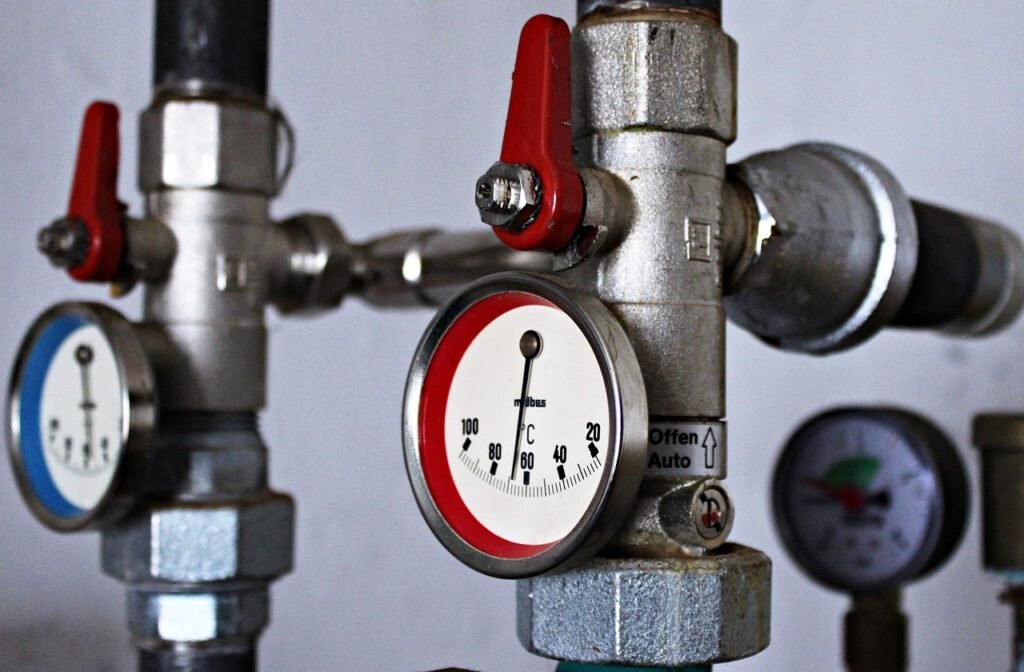
6.1 Tankless Water Heaters
Tankless water heaters provide hot water on demand, reducing energy consumption compared to traditional storage tank water heaters.
Benefits of Tankless Water Heaters:
- Energy Efficiency: Only heats water when needed, reducing standby energy losses.
- Unlimited Hot Water: Provides a continuous supply of hot water.
- Space-Saving: Smaller and more compact than traditional water heaters.
Tips for Choosing Tankless Water Heaters:
- Consider Flow Rate: Choose a unit with a flow rate that meets your household’s hot water needs.
- Assess Fuel Type: Decide between electric or gas-powered tankless water heaters.
- Hire a Professional: Ensure proper installation by working with a certified plumber or HVAC technician.
6.2 Solar Water Heaters
Solar water heaters use the sun’s energy to heat water, providing an eco-friendly and cost-effective solution for hot water needs.
Benefits of Solar Water Heaters:
- Renewable Energy: Utilizes solar energy, reducing reliance on fossil fuels.
- Cost Savings: Lower your water heating bills with free energy from the sun.
- Environmental Impact: Reduces greenhouse gas emissions and pollution.
Tips for Installing Solar Water Heaters:
- Assess Your Roof: Ensure your roof has adequate space and sunlight exposure for solar collectors.
- Choose the Right System: Select between active (with pumps) and passive (without pumps) solar water heating systems.
- Work with a Professional: Hire a certified solar installer to design and install the system.
6.3 Insulate Water Heater and Pipes
Insulating your water heater and hot water pipes can reduce heat loss and improve energy efficiency.
Benefits of Insulating Water Heater and Pipes:
- Energy Savings: Reduces heat loss, saving energy and lowering utility bills.
- Faster Hot Water Delivery: Insulated pipes deliver hot water more quickly, reducing water waste.
- Extended Equipment Life: Insulation can help reduce wear and tear on your water heater.
Tips for Insulating Water Heater and Pipes:
- Use Insulation Blankets: Wrap your water heater with an insulation blanket to retain heat.
- Insulate Pipes: Use pipe insulation sleeves to cover hot water pipes, especially in unheated areas.
- Check Manufacturer Recommendations: Follow the water heater manufacturer’s guidelines for insulation.
Chapter 7:
Behavioral Changes for Energy Savings
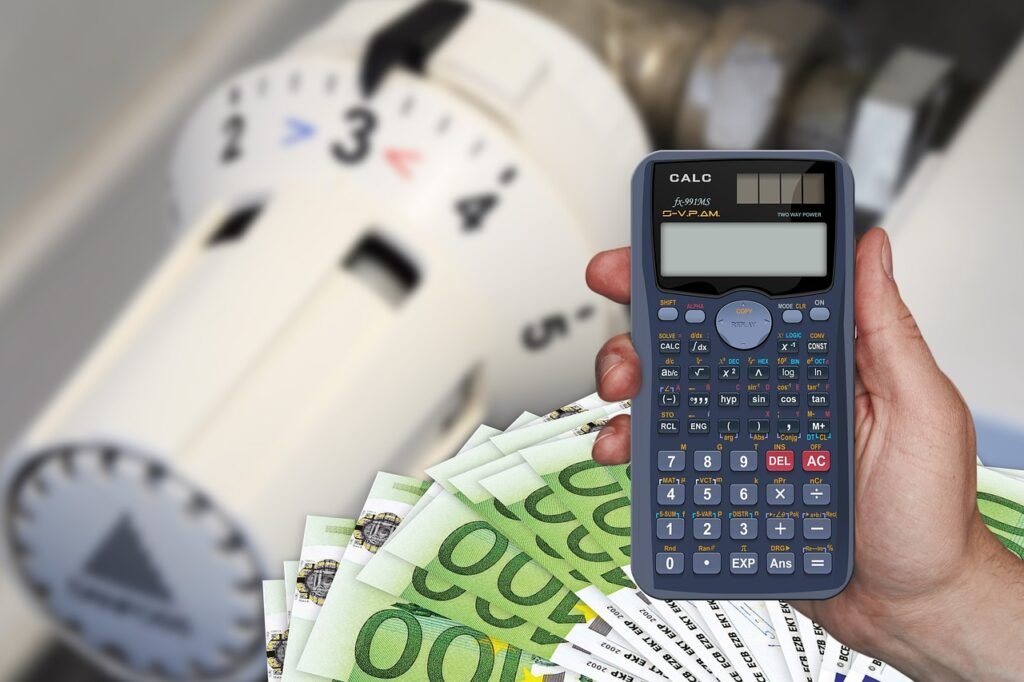
7.1 Optimize Thermostat Settings
Adjusting your thermostat settings can significantly impact your energy usage.
Tips for Optimizing Thermostat Settings:
- Lower in Winter: Set your thermostat to 68°F (20°C) when you’re home and lower it when you’re away or asleep.
- Raise in Summer: Set your thermostat to 78°F (26°C) when you’re home and higher when you’re away.
- Use Programmable Thermostats: Programmable thermostats can automatically adjust temperatures based on your schedule.
7.2 Unplug Electronics
Many electronics consume energy even when they’re turned off, a phenomenon known as “phantom load” or “standby power.”
Tips for Reducing Phantom Load:
- Unplug Devices: Unplug electronics when they’re not in use, especially chargers, TVs, and computers.
- Use Power Strips: Connect multiple devices to a power strip and turn it off when not in use.
- Smart Plugs: Use smart plugs to control and monitor energy usage of your electronics.
7.3 Laundry Efficiency
Laundry is another area where you can achieve significant energy savings.
Tips for Energy-Efficient Laundry:
- Wash in Cold Water: Washing clothes in cold water saves energy and is gentler on fabrics.
- Full Loads: Run full loads to maximize efficiency and reduce the number of wash cycles.
- Air Dry: Air dry clothes on a clothesline or drying rack to save energy.
- Efficient Dryers: Use energy-efficient dryers with moisture sensors to prevent over-drying.
7.4 Efficient Cooking Practices
Cooking can consume a significant amount of energy, but there are ways to make it more efficient.
Tips for Energy-Efficient Cooking:
- Use Lids: Cover pots and pans with lids to retain heat and cook food faster.
- Match Pan Size: Use burners that match the size of your pots and pans to prevent heat loss.
- Microwave and Toaster Oven: Use a microwave or toaster oven for small meals to save energy compared to a conventional oven.
- Batch Cooking: Cook multiple meals at once to save energy and time.
Chapter 8:
Financial Incentives and Rebates
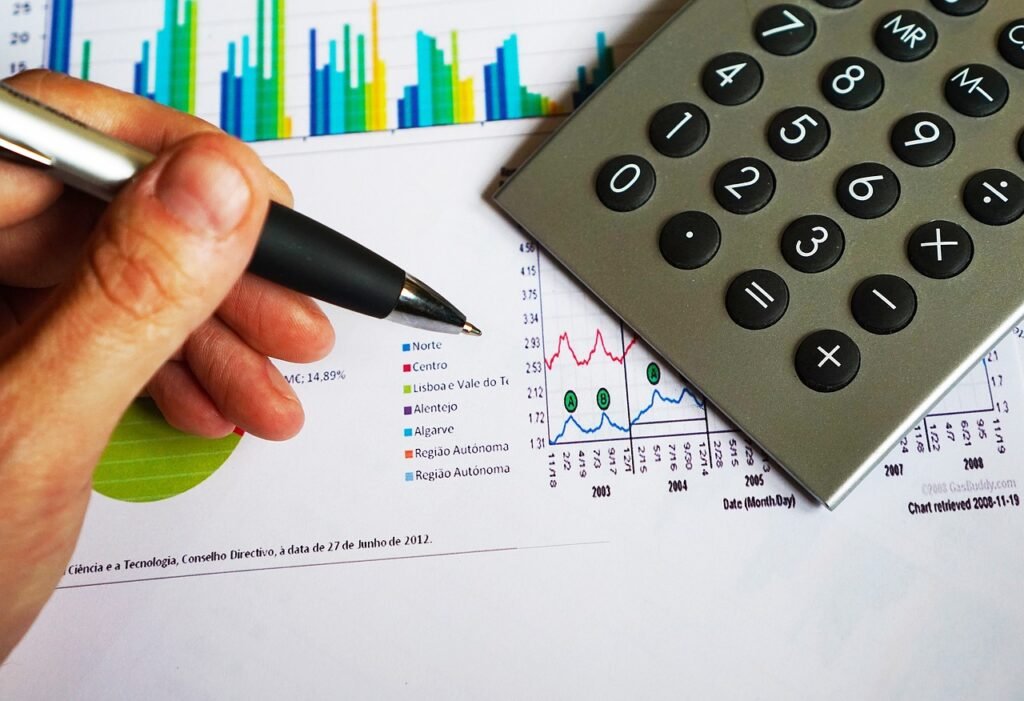
8.1 Federal and State Incentives
There are numerous federal and state incentives available to encourage energy efficiency improvements.
Types of Incentives:
- Tax Credits: Federal and state tax credits for energy-efficient home improvements, such as solar panels and geothermal systems.
- Rebates: Cash rebates for purchasing energy-efficient appliances and equipment.
- Low-Interest Loans: Financing options for energy-efficient upgrades.
Tips for Finding Incentives:
- DSIRE Database: Use the Database of State Incentives for Renewables & Efficiency (DSIRE) to find available incentives in your area.
- Utility Companies: Check with your local utility company for available rebates and incentives.
- Energy Auditors: Professional energy auditors can provide information on applicable incentives for your home.
8.2 Energy Efficiency Programs
Many utility companies offer energy efficiency programs to help customers reduce their energy usage.
Types of Programs:
- Home Energy Assessments: Free or discounted energy assessments to identify energy-saving opportunities.
- Weatherization Assistance: Programs to help low-income households improve energy efficiency.
- Energy Savings Kits: Free or discounted kits with energy-saving products, such as LED bulbs and smart power strips.
Tips for Participating in Programs:
- Contact Your Utility: Reach out to your utility company to learn about available programs and eligibility requirements.
- Schedule an Assessment: Schedule a home energy assessment to identify areas for improvement.
- Take Advantage of Freebies: Use free or discounted energy-saving products provided by your utility.
Conclusion
Reducing energy consumption at home is an achievable goal that benefits both the environment and your finances.
By conducting an energy audit, improving insulation, upgrading to energy-efficient appliances, implementing smart home technologies, exploring renewable energy solutions, optimizing water heating, making behavioral changes, and taking advantage of financial incentives, you can create a more energy-efficient home.
Every small step you take towards energy efficiency contributes to a larger impact.
Start by making a few changes and gradually incorporate more energy-saving practices into your daily routine.
With dedication and effort, you can significantly reduce your energy consumption and enjoy the benefits of a more sustainable home.
If you found this guide helpful, share it with your friends and family. Together, we can create a more sustainable future by making conscious choices in our homes.


